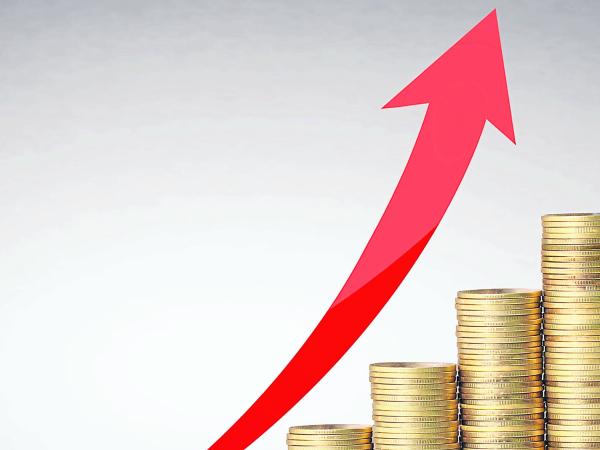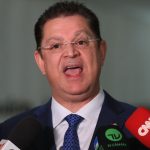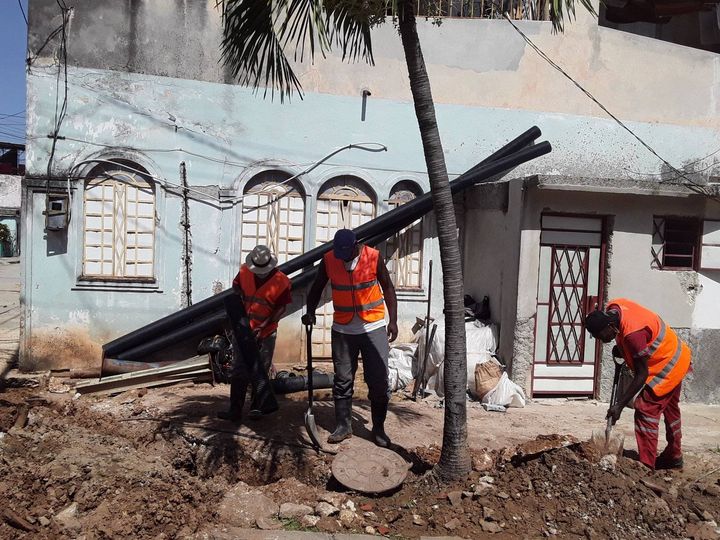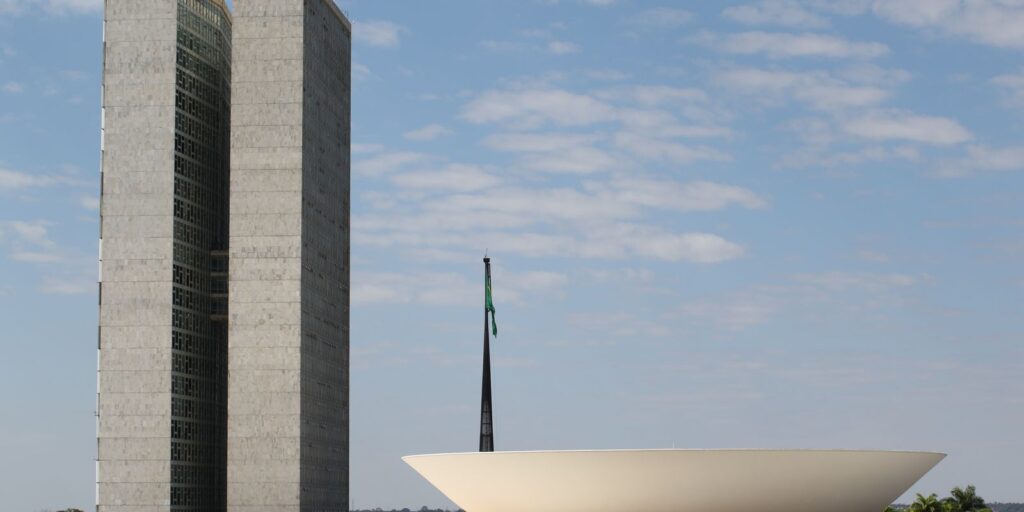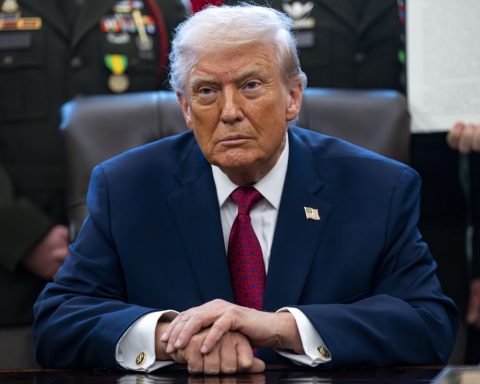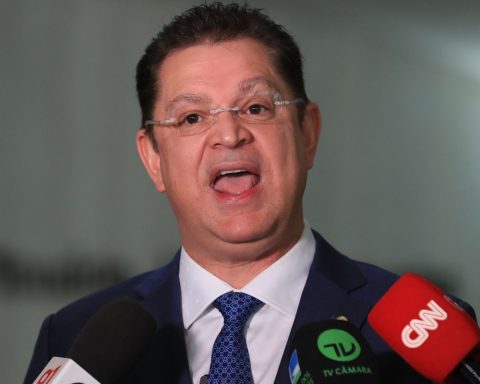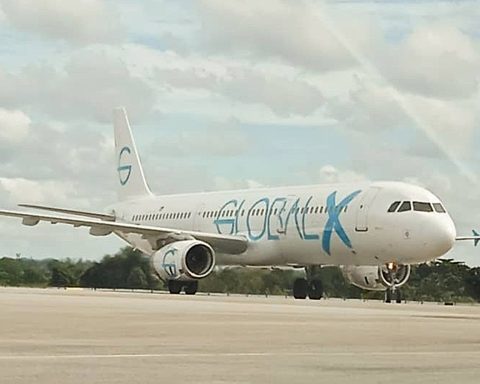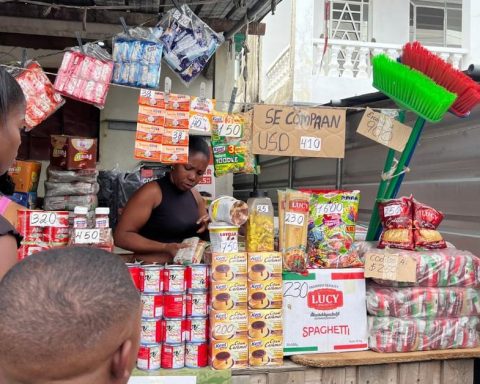Although Colombia has a series of challenges to resolve, among them the social and political, that the newly elected president Gustavo Petro must face, one of the greatest challenges is the economic one: make growth sustainable.
(Public spending and oil support GDP expectations).
This is the conclusion of the analysts consulted by Portafolio about the series of exams that the new tenant of the Casa de Nariño will have to face once he sets foot in the official palace on August 7.
And it will be one of its main challenges because Colombia is one of the few countries in the region and the world that is registering a positive dynamic in terms of its economic activity in the midst of the current global crisis due to the reconfiguration of supply chains or the war in Ukraine, an outstanding behavior that comes from the recovery from the covid-19 pandemic in 2021.
The figures prove it. After the spectacular fall of 6.8% in 2020, the country’s gross domestic product rose to 10.6% by the end of 2021, after rebounding in each quarter.
Currently, this behavior continues with a GDP growing at a rate of 8.5% in the first quarter of the current year and a Indicator for Monitoring the Economy (ISE) of the National Administrative Department of Statisticswhich places the behavior of April with a solid 12% positive.
(Analysts expect GDP growth of 5% this year).
In fact, international and local organizations project in their economic research that the country’s economy will perform well this year.
Thus, multinational entities such as the World Bank, the International Monetary Fund and the Organization for Cooperation and Economic Development (OECD) foresee a rebound of 5.4%, 5.8% and 6.1%, respectively, of the national economy; while firms in the country such as BBVA, Davivienda-Grupo Bolívar or Corficolombiana are between 4.5%, 5.30% and 6.50%, respectively.
“So that the growth momentum is not diluted, the next government must present a clear message regarding the economic agenda to be implemented, which we believe will be based, to a large extent, on political consensus and pragmatism,” said Fabiano Borsato, operations director of the firm Torino Capital.
For the analyst, the next national president must find ways to achieve “the difficult balance” among the benefits reported by the oil industry, without compromising the energy transition, in the midst of a tax reform “That allows raising the level of collection and broadening the tax base.”
It also points out that the promised and “needy” social inclusion agenda “must be compatible with the dynamics of growth and fiscal sustainability.”
On the other hand, María Claudia Lacouture, director of the Colombo-American Chamber of Commerce, AmCham Colombia, pointed out that “The next government must maintain a moderate economic policy to prevent the purchasing power of food in the pockets of Colombians from further deteriorating and to maintain good behavior that helps and encourages companies to generate more employment.”
However, the challenge of sustaining economic growth will also be compromised by the external scenario of the war, that slows global growth; as well as the inflationary spiral and the increase in interest rates to control it.
“The country’s economy will not be far from the headwinds of these processes”said Andrés Abadía, chief economist for Latin America at Pantheon Macroeconomics.
(Household consumption marked GDP growth in the first quarter).
Likewise, Gustavo Acero, an economist for Colombia at the Banco de Bogotá Research Group, warns that growth would begin to slow down in the second half due to the base effect with 2021, the period of greatest reactivation.
“This in the midst of a context where interest rates are rising, which would imply that demand begins to slow down, consumption moderates a bit in the impulse”, Steel said about it.
THE OPTIMISM TRAIN
In the recent week, the national government, through the Ministry of Finance, updated its medium-term macroeconomic forecasts.
There, Minister José Manuel Restrepo pointed out that the new official growth forecast will be 6.5% by the end of this year from 5% calculated in February. This new figure stands out from the rest of the previous ones.
This new medium-term fiscal framework, as Restrepo said, “It is the delivery of the roadmap of the next government.” This implies that the new government will do its accounts with a barrel of oil at US$100, a dollar at $3,924 and inflation that will close the year at 8.5%.
ROBERTO CASAS LUGO
